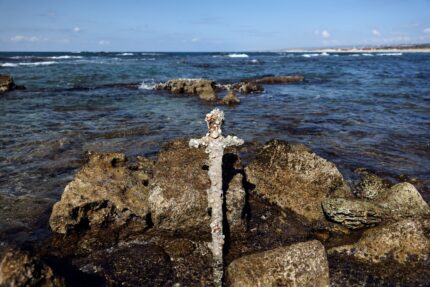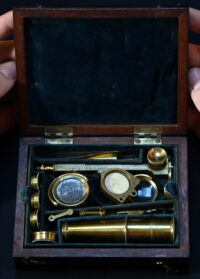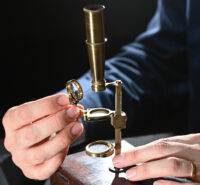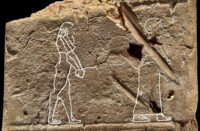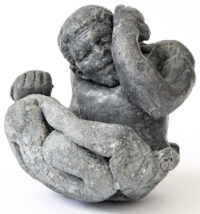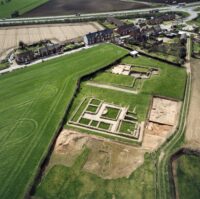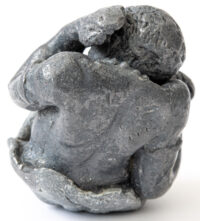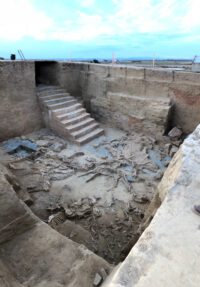 The earliest domesticated horses on the archaeological record were discovered at Botai in Central Asia and date to around 3,500 B.C. They are not, however, the ancestors of any modern domesticated horse lineage. To pinpoint the unknown geographic origins of the domesticated horse, an interdisciplinary team of researchers embarked on the largest genetic study of horses to date, analyzing the skeletal remains of 273 equids from the Iberian Peninsula and other regions of Eurasia ranging in date from 50,000 years ago to 200 B.C.
The earliest domesticated horses on the archaeological record were discovered at Botai in Central Asia and date to around 3,500 B.C. They are not, however, the ancestors of any modern domesticated horse lineage. To pinpoint the unknown geographic origins of the domesticated horse, an interdisciplinary team of researchers embarked on the largest genetic study of horses to date, analyzing the skeletal remains of 273 equids from the Iberian Peninsula and other regions of Eurasia ranging in date from 50,000 years ago to 200 B.C.
The genetic information extracted from the remains was sequenced at the geneticists at the University of Toulouse III-Paul Sabatier and the University of Évry, and then compared to the genomes of modern domestic horses. The study found that the ancestor horses of all domesticated horses in existence today were first domesticated in the northern Caucasus steppes.
Thanks to the large battery of statistical analyses carried out, it has been possible to establish that between 2,200 and 2,000 BC, a drastic change took place in which the genetic profile existing in the Pontic steppes began to spread beyond its region of origin, thus replacing in a few centuries all wild horse populations from the Atlantic to Mongolia.
According to L. Orlando, “this replacement in the genetic composition of Eurasian populations is associated with significant genomic differences between this new type of horse and the horses of the populations that disappeared. On the one hand, this new type of horse from the steppes of the northern Caucasus had a more docile behaviour and, on the other hand, a more robust constitution in the vertebral skeleton”. The researchers suggest that these characteristics triggered the successful selection of these animals, at a time when horse travel was becoming widespread in Eurasia.
According to Pablo Librado (CNRS), first author of this research, “this study has also shown that the distribution of this new type of horse in Asia coincides with the appearance of light carts and the spread of Indo-Iranian languages. In contrast, the migration of Indo-European populations from the steppe zone to the heart of Europe during the third millennium BC did not use this new type of horse as a vector for its expansion. This result demonstrates the importance of also incorporating the genetic history of animals when analysing the dimension of human migrations and intercultural contacts”.
Interesting to note, there is no evidence that the movement of horses westward was connected to horse-back warfare. Rather, a decline of population in the late Neolithic made space for the pastoral horse-breeding peoples like the Yamnaya culture of the steppes.
The study also solved another horse-related mystery: the origins of the tarpan horse, aka the Eurasian wild horse, which went extinct in the first decade of the 20th century. The tarpan genome was a mixture of native European horses and wild ancestors in western Ukraine, not a feral offshoot of modern domesticated horses or a hybrid of domesticated horses and Przewalski’s horses from Mongolia, the only surviving wild horses in the world and critically endangered.
The study has been published in the journal Nature and can be read in its entirety here.
